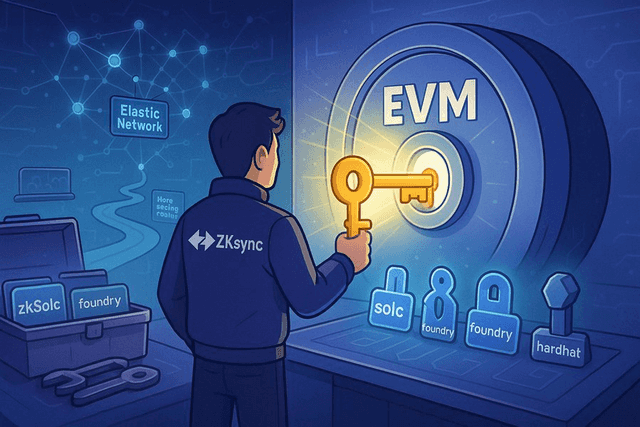2025-05-06 18:35
BLOCKMEDIA

Image source: Block Media
# Ethereum Co-Founder Vitalik Buterin's Strategy to Simplify Ethereum’s Complexity
Vitalik Buterin, the co-founder of Ethereum (ETH), has revealed a strategic plan aiming to reduce the blockchain's complexity by drawing inspiration from Bitcoin (BTC)'s elegant simplicity, which he acknowledges as a cornerstone in establishing Bitcoin as a "global trust layer."
In a recent blog post, Buterin praised Bitcoin's design simplicity, describing it as “beautifully simple” and crucial for Bitcoin's reliability as a global trust layer. However, he admitted that Ethereum's journey has not always embraced such simplicity, often due to his own decisions.
# High Development Costs and Security Issues
Buterin emphasized how Ethereum's historical complexity has led to several disadvantages, including high development costs, security vulnerabilities, and an insular research and development culture. He attributed these setbacks to the pursuit of speculative advantages that never materialized. "These issues mainly arose from chasing unproven benefits that did not come to fruition," he stated.
To mitigate these hurdles, Buterin argued that simplicity should guide Ethereum’s future development. He outlined the advantages of simplicity, such as:
1. Broadening the pool of contributors for protocol research.
2. Lowering infrastructure development costs.
3. Reducing the risks of critical bugs and limiting the “social attack surface.”
# A Five-Year Plan to Achieve Bitcoin-Like Simplicity
Buterin proposed a roadmap to bring Ethereum to a simplicity level comparable to Bitcoin within five years, focusing first on changes to the consensus layer. He described plans for a “new consensus layer,” which he referred to as an evolution of previously mentioned "Beam Chain" concepts. Leveraging a decade of advancements in consensus theory, ZK-SNARKs (zero-knowledge proofs), and staking economics, the goal is to create long-term optimization of Ethereum’s consensus mechanism.
This new consensus framework would likely lead to a more streamlined design compared to Ethereum’s current Beacon Chain. Buterin stressed that a simplified architecture could better balance scalability, security, and usability.
# Simplifying the Execution Layer by Eliminating Redundancies
Buterin also called for a reduction in the complexity of Ethereum's execution layer. "The Ethereum Virtual Machine (EVM) has become overly complex, often unnecessarily. I bear some responsibility for this," he conceded. He noted that the 256-bit virtual machine has been overly optimized for now less pertinent cryptographic techniques and includes precompiled functions with limited use.
Buterin recommended a comprehensive approach rather than incremental fixes: replacing the current EVM with a simpler, more efficient virtual machine. He suggested models like RISC-V or virtual machines optimized for ZK-provers. "Transitioning to a new virtual machine architecture could enhance performance nearly 100-fold over the current system," he predicted.
# Ethereum (ETH) Price Analysis
As of 6:20 p.m. KST on November 6, Ethereum (ETH) is trading at approximately $1,800. The cryptocurrency has experienced considerable struggles in 2023, with its price declining about 45% since 2025 and underperforming relative to other major cryptocurrencies.
While these announced measures aim to tackle Ethereum’s long-term complexity challenges, the market will be closely observing how these initiatives unfold and their ultimate impact on Ethereum’s role in the competitive cryptocurrency landscape.
View original content to download multimedia: https://www.blockmedia.co.kr/archives/902539




